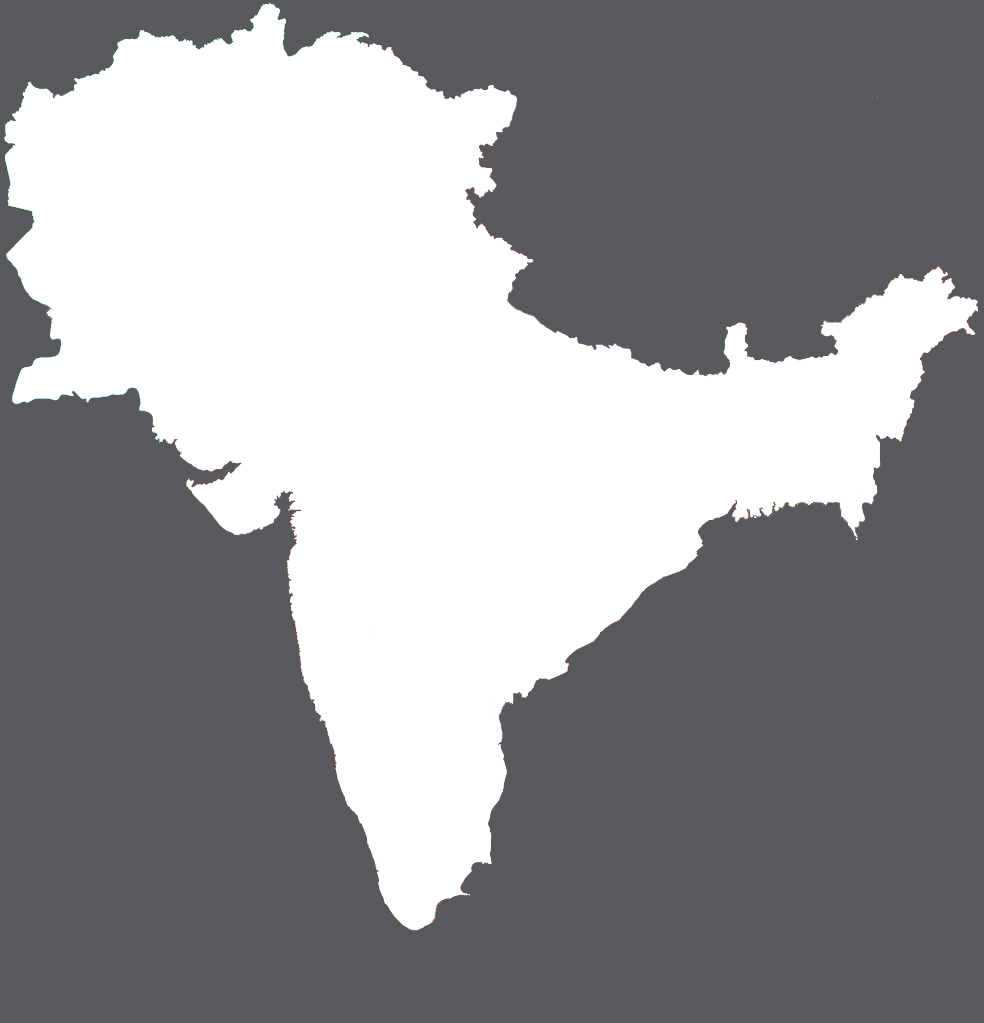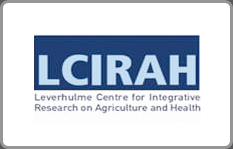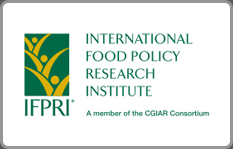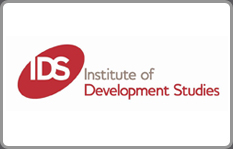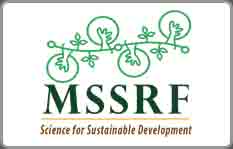Review of agriculture–nutrition linkages in South Asia
The paper reviews the evidence of agriculture–nutrition linkages with particular reference to South Asia from studies published during the period 2012–2018. South Asia houses the largest population of undernourished people in the world and a majority of the population in the region is dependent on agriculture and allied activities and live in rural areas.
Factors associated with catch‐up growth in early infancy in rural Pakistan: A longitudinal analysis of the women's work and nutrition study
The adverse health impacts of early infant stunting can be partially ameliorated by early catch‐up growth. Few studies have examined predictors of and barriers to catch‐up growth to identify intervention points for improving linear growth during infancy. This study aimed to estimate the prevalence of, and factors associated with, catch‐up growth among infants in Pakistan.
Are agriculture and nutrition policies and practice coherent? Stakeholder evidence from Afghanistan
Despite recent improvements in the national average, stunting levels in Afghanistan exceed 70% in some Provinces. Agriculture serves as the main source of livelihood for over half of the population and has the potential to be a strong driver of a reduction in under-nutrition.

